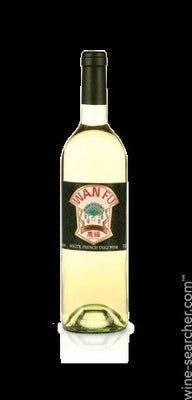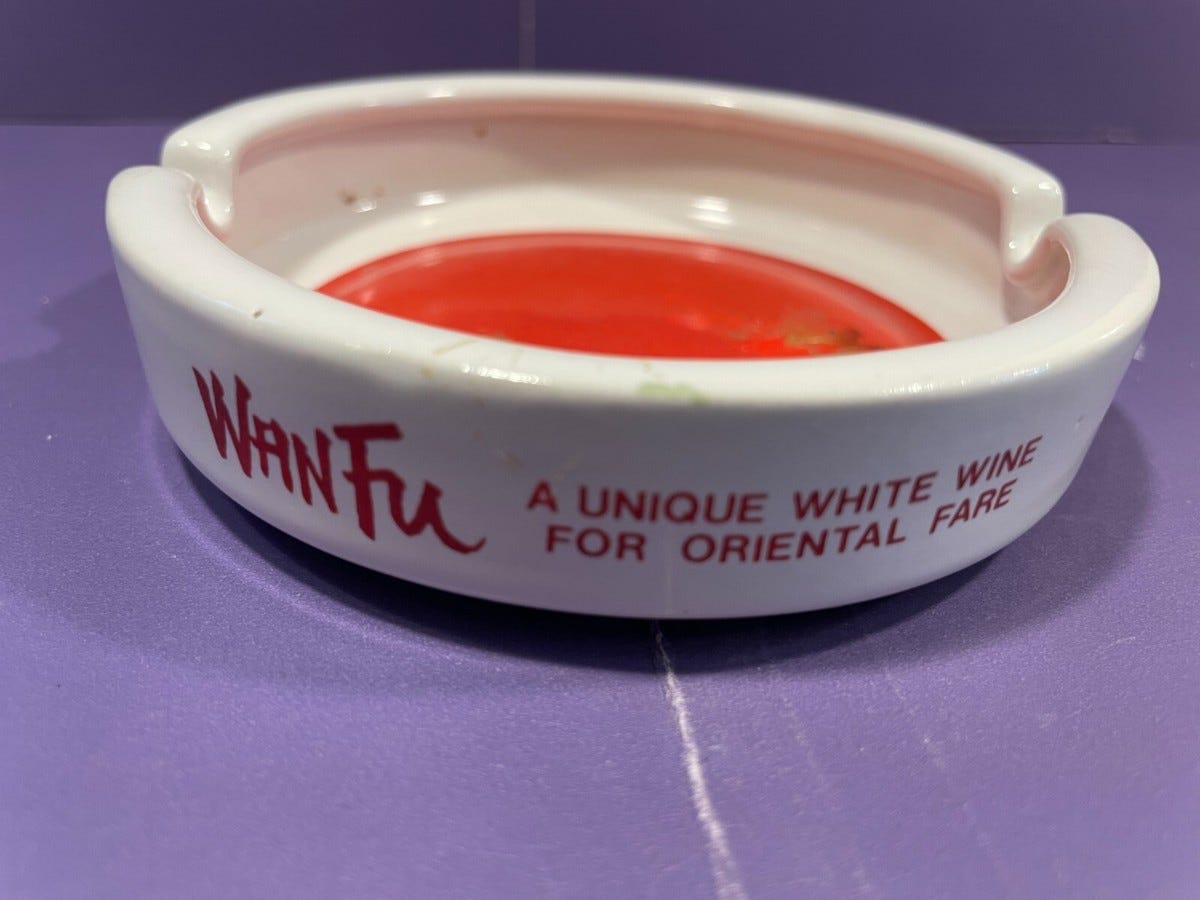About 20 years ago, I was at some kind of wine convention and someone at a booth snuck me into a small group and poured us sips of Château Latour.
It was the first great wine I ever got to taste – one of the five Bordeaux classified as First Growth. What would a $1,000 bottle of wine taste like? Death? Fireworks? The spring prom?
I was pretty sure it would taste like super-wine, a knockout punch of concentrated winey-ness that would linger on my tongue for days.
That is not at all what it tasted like.
It tasted like something I could down in about two minutes. It was smooth and balanced and pleasant. I pretended to be impressed, nodding and swirling madly. But I was very disappointed.
Years and many bottles later I realized that Latour was perfect. Like many complex, subtle artworks - Brahms symphonies, Rembrandt paintings, Jeanne Dielman, 23 quai du Commerce, 1080 Bruxelles – it required me to do my part by paying attention.
If I had to show a new wine drinker what each varietal tastes like, I would give them a Smith-Madrone riesling ($40), chardonnay ($45), cabernet franc ($85), and cabernet sauvignon ($65). They’re as clear as the French versions, but with more oomph from the warm California sun. They’re not loud, but they are clear. They wouldn’t have satisfied the me of two decades ago who wanted a wine to make me orgasm, but they don’t require you to swirl and ponder like the Latour. They’re smart but direct. They’re American in the best way, if that’s still a thing.
I had assumed Smith-Madrone was a classic cabernet sauvignon producer. It’s a storied 54-year-old Napa winery, and that’s what the big guys make up there. Plus, I’ve got a 2009 and a 2011 bottle of Smith-Madrone cabernet sauvignon in my cellar that people must have gifted me. A Napa Cab says, “Thanks for letting me stay at your house.” in a way that a candle never can.
But Smith-Madrone is famous for rieslings. “Riesling is the badass grape of the world. It’s the fucking grape,” said Stu Smith, one of the winery’s founding brothers when we were talking on the phone.
He found out how powerful riesling was when he first tried blending some into their chardonnay. “We started with 10 percent and we said, ‘You can’t taste the chardonnay.’ Even at 1 percent the riesling dominated the chardonnay.”

Smith-Madrone’s rieslings - like the rest of their wines - are obviously enjoyable. “The Mosel rieslings are light, delicate, elegant wines. The Alsatians have bracing acidity. They rip the enamel right off your teeth. You’re wincing. There has to be a fun factor. Wine has to give pleasure.”
Despite the fun, and even as more people abandon red wines for white, it’s easier to sell the cabernet sauvignon. But Stu refuses to give up on riesling.
“I’m Sisyphus pushing the rock up the hill and every time it rolls back over me and back down the mountain. It may not be in my lifetime, but I see a future for riesling. We’re starting to see a little interest from younger people,” he said.
Stu blames Americans’ distrust of riesling on Blue Nun, the sweet German riesling that, at its peak year of 1985, sold 30 million bottles and was advertised by spokes-couple Jerry Stiller and Ann Meara.
Blue Nun was created by Peter Sichel, who died in March at 102. Sichel, a Jew, fled Nazi Germany with his family, joined the U.S. Army at age 19 after Pearl Harbor was bombed, rose in the ranks of the CIA until he quit over frustration that they kept attempting coups (like installing the Shah in Iran) that he said would either fail or have long-term negative consequences. So he took over the family wine business where he created Blue Nun. He also made Wan Fu, a wine to be enjoyed with Chinese food. Its slogan: “To eat Chinese without Wan Fu is to eat with but one chopstick.”
So despite his amazing life, Sichel both failed to save American foreign policy and he destroyed our appetite for riesling. “He died with the bad badge of what he did to riesling. He went out and bought a bunch of wine from wherever he could get it and blended it all and you just can’t do that. It was a sickening sweet wine,” Stu says.”
Stu thinks California rieslings should adopt a labeling system where they display a number of candy bars on the label corresponding to how sweet it is. “It might be three or it might take up the whole label,” he says. Not that sweet wines can’t be great with enough acidity to balance it out, like a great pineapple. But people should be warned, kind of like Hungary does by giving a different number of “puttonyos” on their tokay dessert wines.
My rating system is even simpler than the candy bar scale. Smith-Madrone sent me ten bottles of wine - two of each varietal including a $25 rosé they don’t make every year. Ten free bottles makes it the best wine I’ve ever had.
Smith-Madrone is also exactly my age. It’s smart, calm, and sure of itself in a grizzled way.
If I had a time machine and I could use that time machine all the time without it costing much or causing nausea, which I somehow imagine time machines would – I’d go back to the me of 20 years ago, shove a bottle of Smith-Madrone cabernet sauvignon into my hand and make me taste it before the Latour. That way I’d know what I was supposed to look for in it.
Also the $25 rosé is a deal. Because it doesn’t taste like a simple white that impresses you with its pink color. It’s a real cross between white and red, with some teeth in it. Like all Smith-Madrone wines, it’s a marker to let you know what you should be looking for in its varietal.









